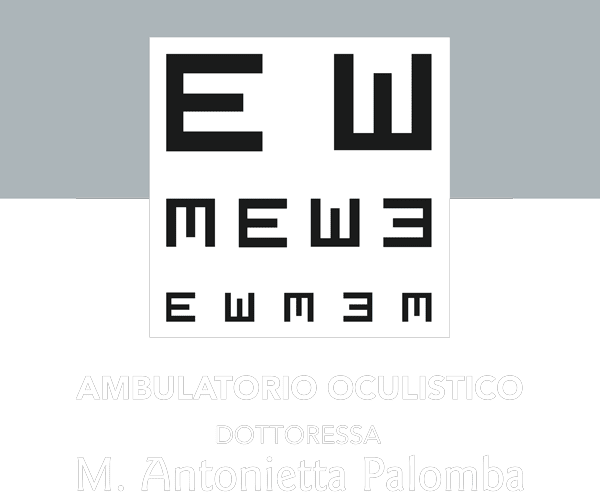Eye examination
Depending on the patient’s need, it is necessary to:
evaluate the patient’s visual acuity
evaluate the functionality of extraocular muscles
evaluate lacrimal production (Schirmer’s test, BUT)
measure ocular pressure
evaluate the objective anatomical integrity of patient’s eyes
evaluate functional abilities and anatomical features with instrumental examinations
general patient history (medications and interventions)
opthalmological anamnesis (lenses, familiarity, interventions)
evaluation of visual acuity
evaluation of ocular motility
ocular pressure measurement (possible tonometric curve)
evaluation of the anterior segment
valuation of the ocular fundus in mydriasis (drops are placed to dilate the pupil)
instrumental examinations
drops of local anesthetic are instilled and then the tear film is stained with fluorescein for eye pressure measurement
- to evaluate ocular fundus midriatic drops are instilled to achieve pupil dilatation, after 2 hours the dilation regresses
- cyclopygic eye drops are instilled in children to be able to evaluate refraction as precisely as possible. The cycloplegia lasts about 24 hours


